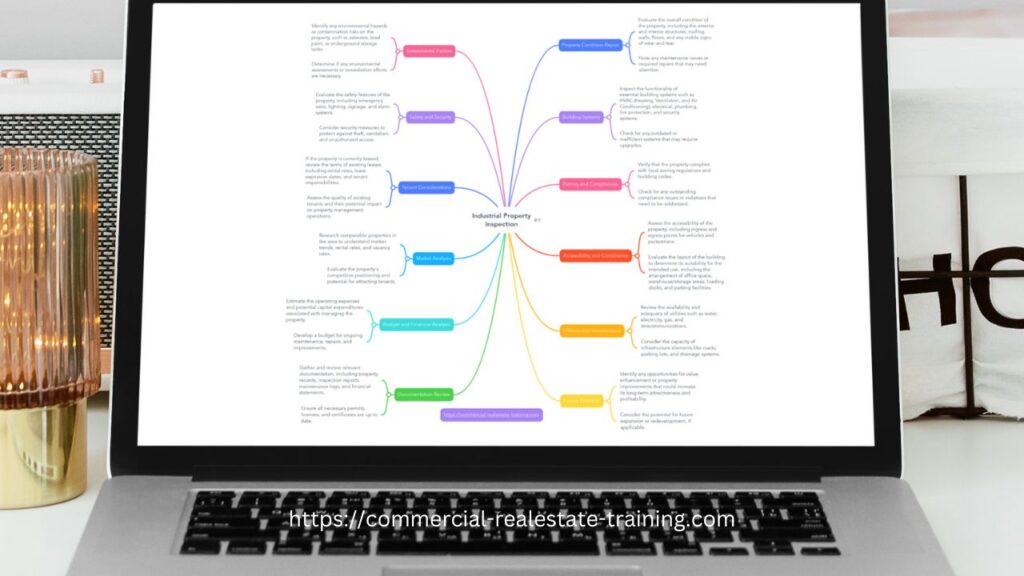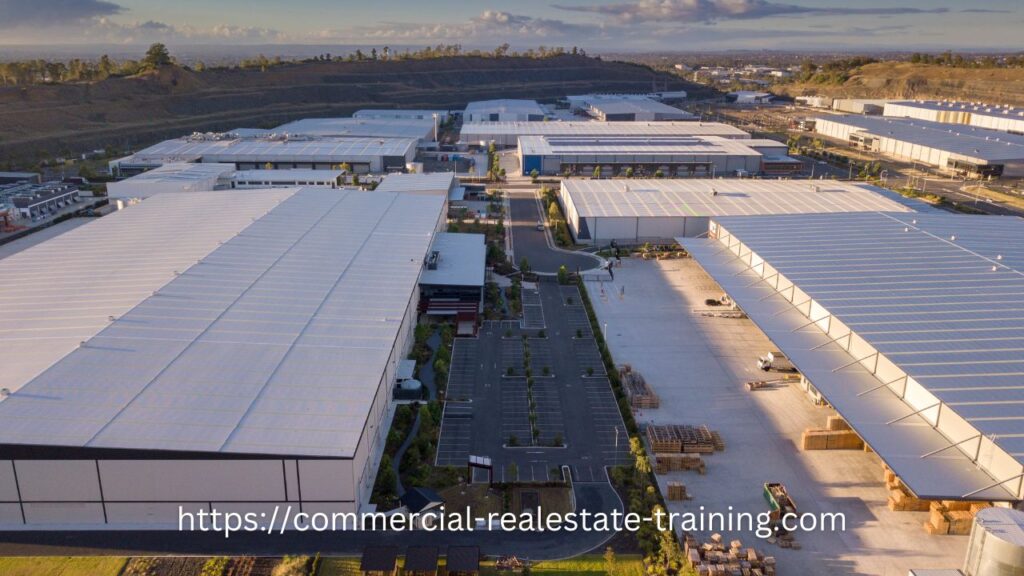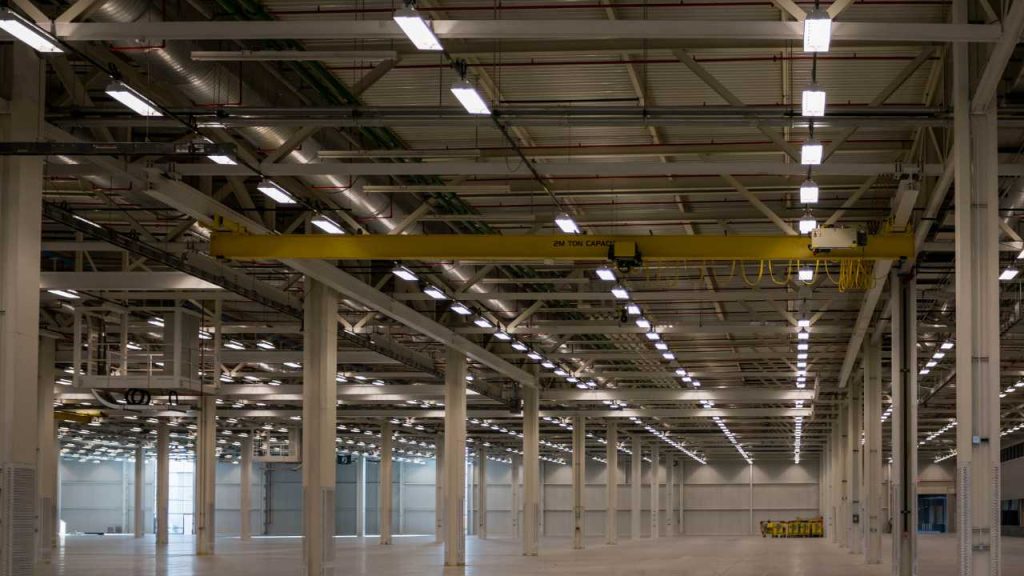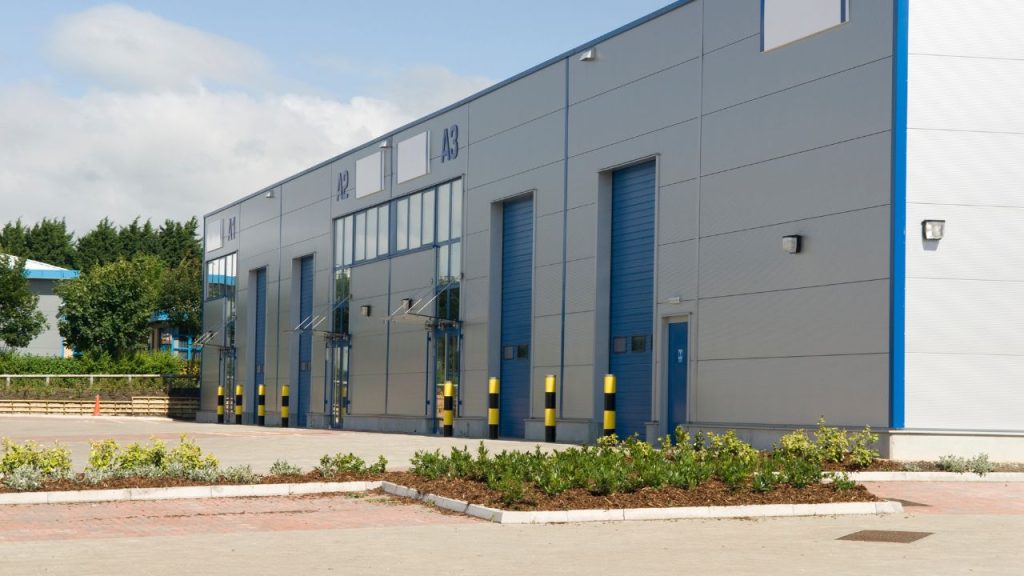Navigating the Industrial Terrain: A Guide to Inspecting Warehouse Properties
Navigating the world of industrial properties can feel overwhelming, especially regarding warehouses and their potential as thriving business premises. Whether you’re an investor looking for a lucrative opportunity or a tenant scouting for the perfect workspace, understanding the ins and outs of property inspection is crucial.
Every detail counts in making informed decisions, from evaluating the building layout to ensuring compliance with zoning regulations.
As you embark on this journey from warehouse to workspace, let’s explore critical factors that will help you inspect industrial properties like an expert. With proper insights into financial aspects, safety measures, and environmental considerations, you’ll be equipped to make choices that align perfectly with your business goals. Get ready to dive deep into what makes an industrial property stand out!
Download Inspection Checklist Here:
You can download the full industrial property inspection checklist for agents and property investors here.

1: Property Condition Report and Location
A Property Condition Report (PCR) is your first line of defence when evaluating a warehouse. This vital document details the current state of the building, from structural integrity to HVAC systems, ensuring you know exactly what you’re getting into. A thorough inspection can reveal hidden issues that may impact safety and financial performance.
Location plays an equally crucial role in this equation. Proximity to major transportation routes or suppliers can significantly influence operational efficiency. An ideal location not only enhances accessibility for customers but also affects rental rates and market demand.
Both the PCR and location work together to define the property’s potential value. Investing time in these areas will help mitigate risks and support more intelligent business operations as you move forward with your plans.
2: Building Layout
The building layout is crucial when inspecting industrial properties. It dictates how efficiently a business can operate within its premises. A well-designed layout enhances workflow and maximises space utilisation.
Consider the flow of goods, equipment placement, and employee movement. Is there enough room for machinery? Are loading docks easily accessible? These factors significantly impact day-to-day operations.
Flexibility in design can also be beneficial. An adaptable layout allows for future changes or expansions without significant renovations.
Check the height of ceilings, too; higher spaces can accommodate larger equipment and storage solutions. This feature not only increases functionality but could enhance overall productivity.
Don’t overlook areas dedicated to utilities like heating, ventilation, and air conditioning systems. Properly planned utility access ensures comfort while maintaining operational efficiency throughout the year.

3: Zoning and Compliances
Zoning regulations are crucial in determining how industrial properties can be utilised. Each area has specific zoning laws that dictate the types of businesses allowed and their operational limits. Understanding these classifications is essential for any prospective tenant or investor.
Compliances go hand-in-hand with zoning. They ensure that all buildings meet local, state, and federal standards. This includes safety codes, environmental regulations, and occupancy permits.
Before committing to a lease, it’s vital to review documentation related to zoning compliance. This will help you assess whether the property meets your business needs without facing legal hurdles later.
Issues such as non-compliance can lead to costly fines or even forced relocations. A thorough analysis will help you navigate through this complex landscape efficiently. Being proactive about zoning and compliance safeguards your investment while aligning with long-term business goals.
4: Financial Factors
Financial aspects play a crucial role when inspecting industrial properties. Understanding the rent structure is essential for evaluating potential returns. Are you looking at triple net leases or gross leases? Each has implications for cash flow.
Next, consider operating expenses. Utilities, maintenance, and property taxes can significantly impact your bottom line. A detailed review of these costs will clarify what to expect financially.
Additionally, a full property market analysis is vital. How does this property compare with similar premises in the area? This assessment helps gauge whether the asking price aligns with current trends.
Don’t overlook tenant history, either. It reveals how well previous occupants maintained payments and adhered to lease agreements. Solid tenants indicate reliable income streams, boosting overall stability in your investment strategy.

5: Business Operations
When inspecting industrial properties, it is crucial to understand how business operations flow within the space. Each warehouse or premises has unique characteristics that can enhance or hinder productivity.
Evaluate the building’s layout carefully. An efficient design allows for seamless movement of goods and personnel. Look at loading docks, storage areas, and office spaces for optimal functionality.
Consider access to utilities such as water, electricity, and internet connectivity. Reliable services are vital for daily operations and can significantly impact a tenant’s experience.
Don’t overlook the importance of workflows. Analyse how materials move from receiving to shipping points. Identifying bottlenecks in these processes could lead to valuable improvements.
Be aware of any zoning restrictions that might affect operational capabilities. This knowledge will help you avoid potential pitfalls in your business plans.
6: Safety and Security
Safety and security are paramount when inspecting industrial properties. A thorough evaluation should start with the physical security of the premises. Check for fencing, gates, and surveillance systems that can deter unauthorised access.
Fire safety measures also deserve attention. Ensure that smoke detectors, fire extinguishers, and emergency exits meet local codes. The layout should facilitate quick evacuation in an emergency.
Consider the safety protocols already established within the building. Are there regular drills? Is staff trained to handle emergencies?
Environmental hazards such as chemical storage or proximity to hazardous zones should also be assessed. Understanding these risks helps protect both employees and assets alike.
Ensure compliance with all relevant regulations related to occupational safety standards. This step safeguards tenants and enhances overall property value.

7: Environmental Factors
Environmental factors play a crucial role when inspecting industrial properties. Assessing the surrounding land is essential for understanding potential risks and liabilities.
Look for nearby water bodies, waste facilities, or industrial plants that could affect air and water quality. Contaminated land can lead to costly clean-up efforts later on.
Evaluate local wildlife and vegetation as well. Certain species may indicate pollution levels or unique habitat considerations that impact your operations.
Climate resilience should also be part of your analysis. How does the area handle extreme weather? Flood zones or drought-prone regions can significantly influence operational stability.
Consider compliance with environmental regulations. Local laws regarding emissions and sustainability practices are vital in maintaining tenant relationships while avoiding legal complications. Proper documentation ensures you’re informed about necessary permits and obligations before signing any lease agreements.
8: Improvements, Services and Amenities
When inspecting industrial properties, improvements, services, and amenities play a vital role in determining overall value and functionality. Look for upgrades that enhance operational efficiency or improve tenant satisfaction. These could include modern HVAC systems, energy-efficient lighting, or advanced security features.
Additionally, consider the available utilities. Reliable electricity and water supply are essential for any business operation. Check whether there are options for backup power sources like generators; this can be crucial during emergencies.
Amenities can differentiate one warehouse or premise from another in a competitive market. Features such as easy access to transportation routes, loading docks, and parking spaces for staff and customers significantly impact daily operations. Nearby facilities like restaurants or hotels can also add convenience for employees visiting clients.
Assess any future improvements that may increase property value over time—landscaping updates or additional storage space might do the trick.

Industrial Property Conclusion
Considering all these factors helps paint a complete picture of what you’re getting into with an industrial property investment. Whether you’re securing your next lease agreement or planning out future growth strategies for your business operations, understanding these elements will guide your decision-making process effectively.







